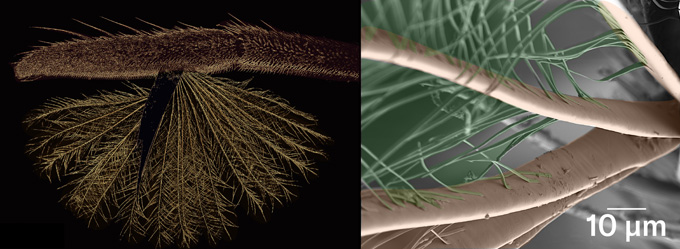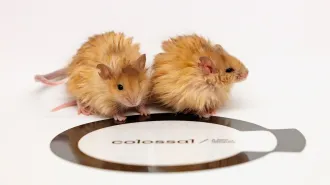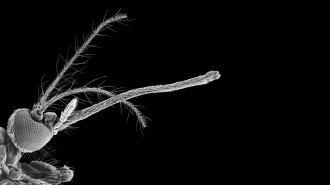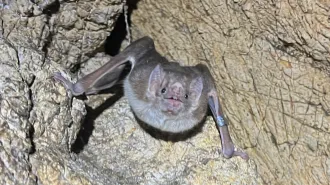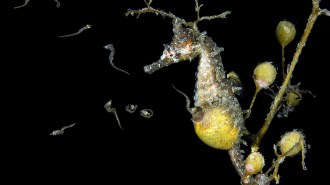Frilly bug feet inspire a water-striding robot
Ripple bugs spurred development of a robot with automatically unfurling fans on its feet

A water strider known as a ripple bug has frilly fans on its feet that help it dart and turn atop turbulent rivers.
Víctor Ortega Jiménez
